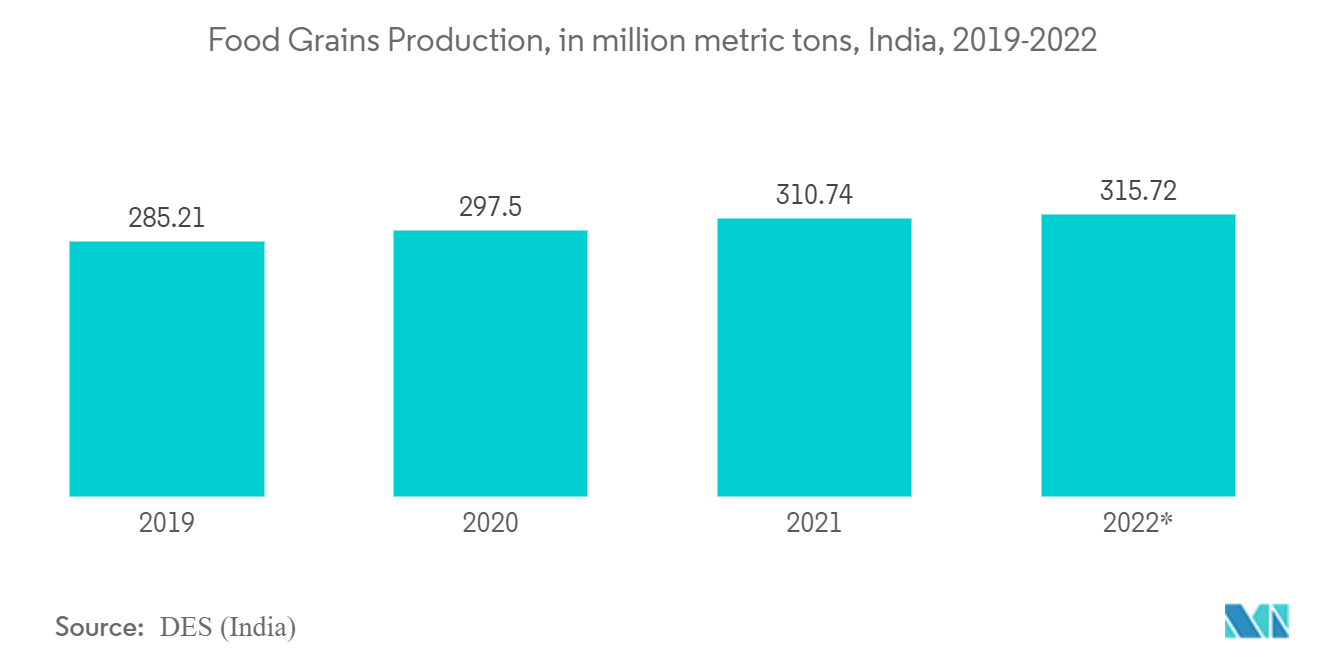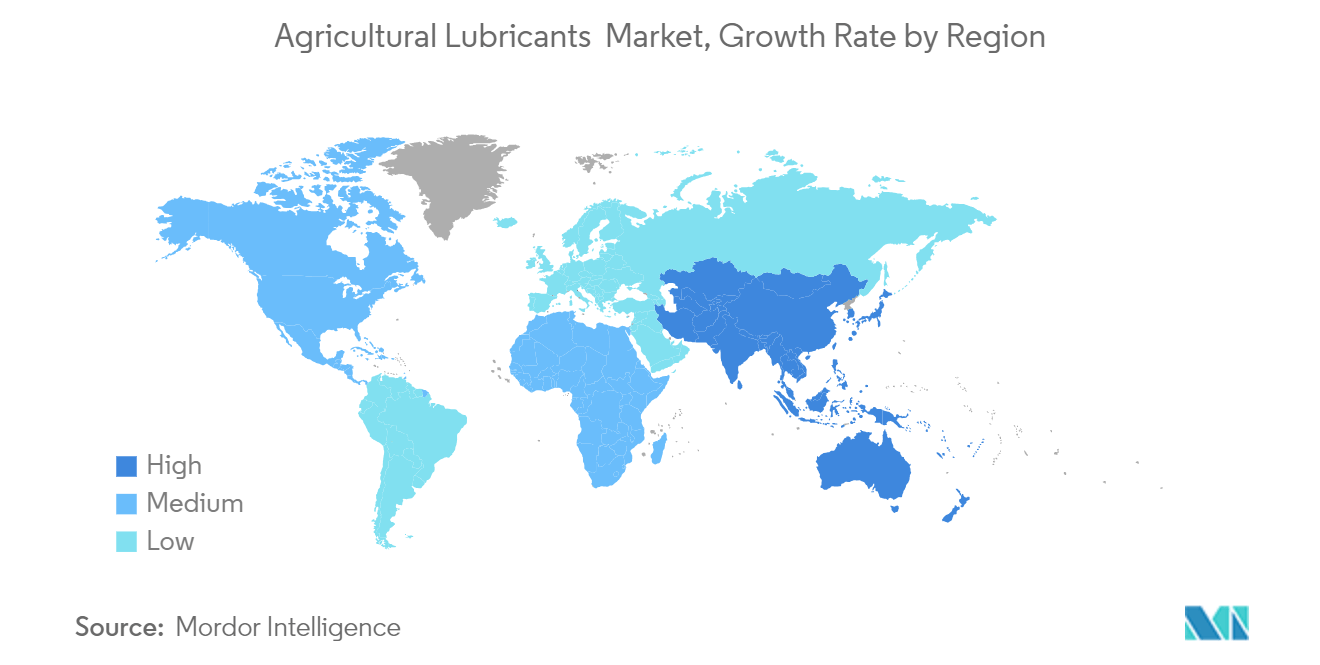Market Trends of Agriculture Lubricants Industry
Engine Oil Dominates the Market
- Engine or motor oils are widely used for lubricating internal combustion engines and are mainly composed of 75% to 90% base oils and 10% to 25% additives. They protect the engines from corrosion and keep them cool while in use.
- In the agricultural sector, engine oils are used in tractors, harvesters, and forage equipment to reduce maintenance, enhance wear and corrosion protection, improve engine reliability, and improve fuel efficiency.
- According to Pacific Fuel Solutions, Agricultural lubricants or oils can be used for plenty of different functions, but one of the most noticeable examples is engine oil. Farm machinery such as tractors and harvesters need to be effectively lubricated to maintain the parts in good working order while still being appropriate for use in the circumstances.
- Total, Royal Dutch Shell Plc, Chevron Lubricants, CONDAT Group, and Schaeffer Manufacturing Co. are some of the significant lubricant manufacturers offering various types of engine oils for agricultural equipment.
- Several leading vendors are investing in research and development to develop innovative equipment and maintain a strong tractor market foothold. Companies like Case IH and New Holland launched new autonomous tractors.
- Due to growing automation in farming practices combined with the increasing production of food and farmland expansions, the demand for new and used farm machinery or agriculture equipment is projected to increase year-on-year. This will substantially increase demand for engine oil in the agricultural lubricants market worldwide as it ensures longer life of the equipment because when the engine starts getting old, its engine oil consumption starts to increase.
- For instance, the International Grains Council projected that about 2.294 billion metric tons of grains were to be produced globally in the 2023-24 season, a 1.77% increase from a forecast of 2.254 billion tons for the 2022-23 season.
- According to Lemken CEO Anthony van der Ley, a 6-7% drop in international farm machinery sales will likely occur in 2024 due to the rise in inflation witnessed across all international markets over the past 12 months and the accompanying impact this has had on interest rates.
- Furthermore, according to Progressive Dairy, the used farm equipment market of Canada was expected to stay robust for most of 2023 and into 2024 because of the rising interest rates. Such trends of using aging engines propel the demand for engine oil.
- During the forecast period, all the factors mentioned above are projected to influence the dominance of engine oil in the agricultural lubricants market.

Asia-Pacific to witness Fastest Growth
- China is the largest lubricant consumer globally. China accounts for around 7% of the overall agricultural acreage globally, thus feeding 22% of the world population.
- The country is the largest producer of various crops, including rice, cotton, potatoes, and others. Owing to the large-scale agricultural activities in the country, a high demand for various types of agricultural machinery is present and will likely grow in the future. This will subsequently increase the demand for agricultural lubricants.
- For instance, the increasing area under cultivation enhanced the demand for agricultural machinery in China. For instance, corn acreage in China rose to 5% in 2022, and the output rose to 4.6%.
- India is the second-largest lubricant consumer in the region and the third-largest globally, after the United States and China.
- India is one of the economies that are largely dependent on agriculture. Agriculture is still the primary source of livelihood for more than 55% of the country's population.
- In 2022, tractor exports from India increased by 6%, reaching 131,850 units. It is the highest annual export in Indian history, up from 124,901 units in 2021. India accounts for nearly 2.1% of global tractor sales.
- Moreover, the Japanese government plans to increase agricultural production to 54 million tons by 2025, from 50 million tons in 2013. Additionally, the government plans to increase the producer income from USD 29 billion to USD 35 billion, an increase of approximately 21% over the same period, by enhancing agricultural output quantity and revenue and cutting costs.
- Such trends in the agriculture industry of the Asia-Pacific are expected to drive agricultural lubricants market growth at the fastest rate globally during the forecast period.


